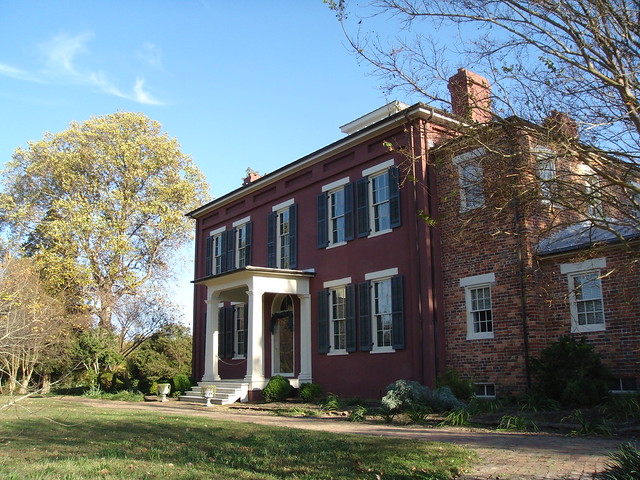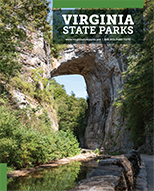Read Our Blogs
Journey at the James: From Colonial Land Grant to Virginia State Park
Journey at the James:
From Native Virginia Tribal Land to Colonial Land Grant;
From Southern Plantation to Virginia State Park
Imagine four scenarios:
In one you are the second-born son of an English aristocratic family, your only chance of owning land is going into service of the king helping patrol the wild lands of the New World in the hopes of getting a land grant from the king. Your name is William Powell and it is 1609.

(A view of Chippokes from the James River) Imagine how William Powell must have felt upon seeing his land for the first time as he rowed across the river from Jamestown.
In the other scenario, you are a second-in-command of sorts, Chief of your own Virginia Indian (PDF)tribe, but paying tribute to Paramount Chief Powhatan. Unlike some of your violent counterparts, you are friendly and interested in these newcomers to your lands. Your name is Chippoak and it is 1611.

Virginia Indians probably grew squash, corn, and beans--known as the three sisters--on this land long before Europeans arrived.
In the third, you are the second child of a twice married enslaved couple recently freed by the Emancipation Proclamation heading down the river to begin sharecropping land to start a new life of freedom. Your name is Colia and it is 1867. (Writer's Note: Colia is the real name of an enslaved woman from Shirley Plantation located near Chippokes. The Virginia Historical Society's "Unknown No Longer" website has an archive of documents related to enslaved persons.)

Former tenant farmer homes are now modernized rentable cabins.
In the fourth scenario, you are countrified gentry, and part of a growing, well-off American middle class who is very successful in urban business, but living in the country. Your name is Evelyn Stewart* and it is 1967. In your will, you leave your land to the Commonwealth of Virginia to be continuously farmed as public land. (*Link to Excerpt from "Virginia State Parks by Sharon Ewing from Arcadia Publishing available at Amazon.com or in select Virginia State Parks gift shops)

Evelyn Stewart modernized the mansion and planted the formal gardens that are now her final resting place.
It is the intersection of these four scenarios that took what is now Chippokes State Park from Native Virginia Indian hunting grounds to a colonial land grant to a working southern plantation and finally, to becoming a public land area and Virginia State Park.
The story reflects the cultural missteps of the early colonists, a corrupt patriarchal inheritance and neglectfully absentee landlord system of colonial times, the adventurous spirit of pioneering settlers, the relatively autonomous nature of Virginia Indian tribes that were part of the Powhatan confederation, the difficult lives of those connected to the land through enslaved, sharecropping, and tenant farming, and finally the conservation movement that began in the 1930s and continues today.

In addition to its rich history, the park is also home to diverse wildlife
The park's history is America's history--sad, poignant and upsetting at times, but uplifting, endearing, and powerful at others. Chippokes State Park stood witness to the settling of the New World, the founding of a democratic nation, the turbulent times that ensured that all people be treated equal, and the modern movement to conserve and protect environmental and cultural treasures.
I could list all the names of the owners of the lands, cite deed numbers, reference history books, and probably bore you to tears with data, but I want you to come visit the park and experience for yourself the natural and cultural history the park has to offer.
I would like for you to experience for yourself the making of America that is reflected in Chippokes State Park. I want to you to walk for a moment in William Powell's, in Chief Chippoaks, in Colia's, and finally in Evelyn Stewart's shoes. Walk the land, create your own connection, understand your own history, and help us keep their stories alive.

A walk along Quarter Lane or a visit to the Farm & Forestry Museum helps bring history to life!
The following video, "Chippokes-Jewel on the James," donated by the Friends of Chippokes State Park dramatizes the park's history. Key names and dates are included if you are interested in doing additional research about this amazing park and its role in America's history.
If the above video does not play, please click here to open the video in a new screen.
The park is open for day-use, has a 50-site campground, and four cabins. Reservations can be made by calling 1-800-933-PARK.
Chippokes State Park is located in Surry, Virginia.
If you have read the article and have a question, please email nancy.heltman@dcr.virginia.gov.














